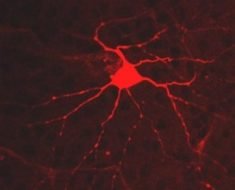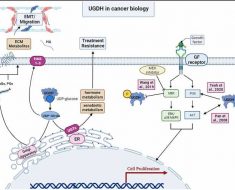Do you ever feel like there’s always some part of your body that hurts? Maybe it’s stiffness and achiness in the morning (talk about starting the day off on the wrong foot), a tight lower back that comes on after hours in your desk chair, or a pounding head that hits right after dinner. You may assume the pain is something you have to live with, but that’s not necessarily the case. Keep reading to see how to avoid a few of the most common aches or, when you are hurting, feel better fast.
The hurt: morning stiffness
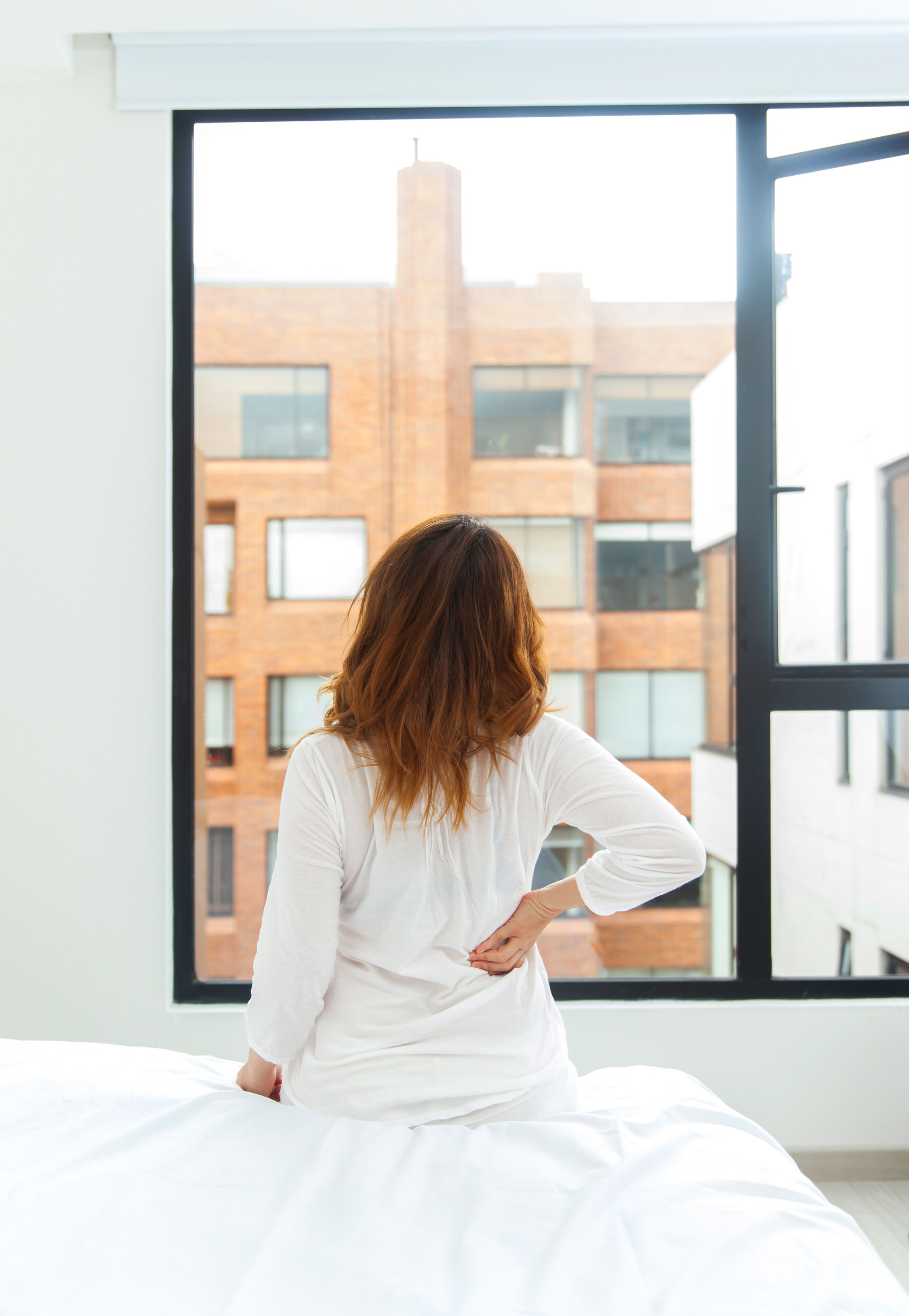
If your first thought when you wake up tends to be “man, my body aches,” you aren’t alone. Spending seven-plus hours lying down can make you feel less than limber. “Whenever you’ve been in one position for a while, your body can stiffen up,” says Rahul Shah, MD, a board-certified orthopedic spine and neck surgeon. That’s why he recommends being super gentle as you get out of bed (think: rolling slowly to the edge) and adding total-body stretches to your a.m. routine. And if you’re a side sleeper, tuck an extra pillow between your knees while you snooze. It helps with alignment and can prevent overstretched muscles in your hip.
The hurt: post-workout soreness
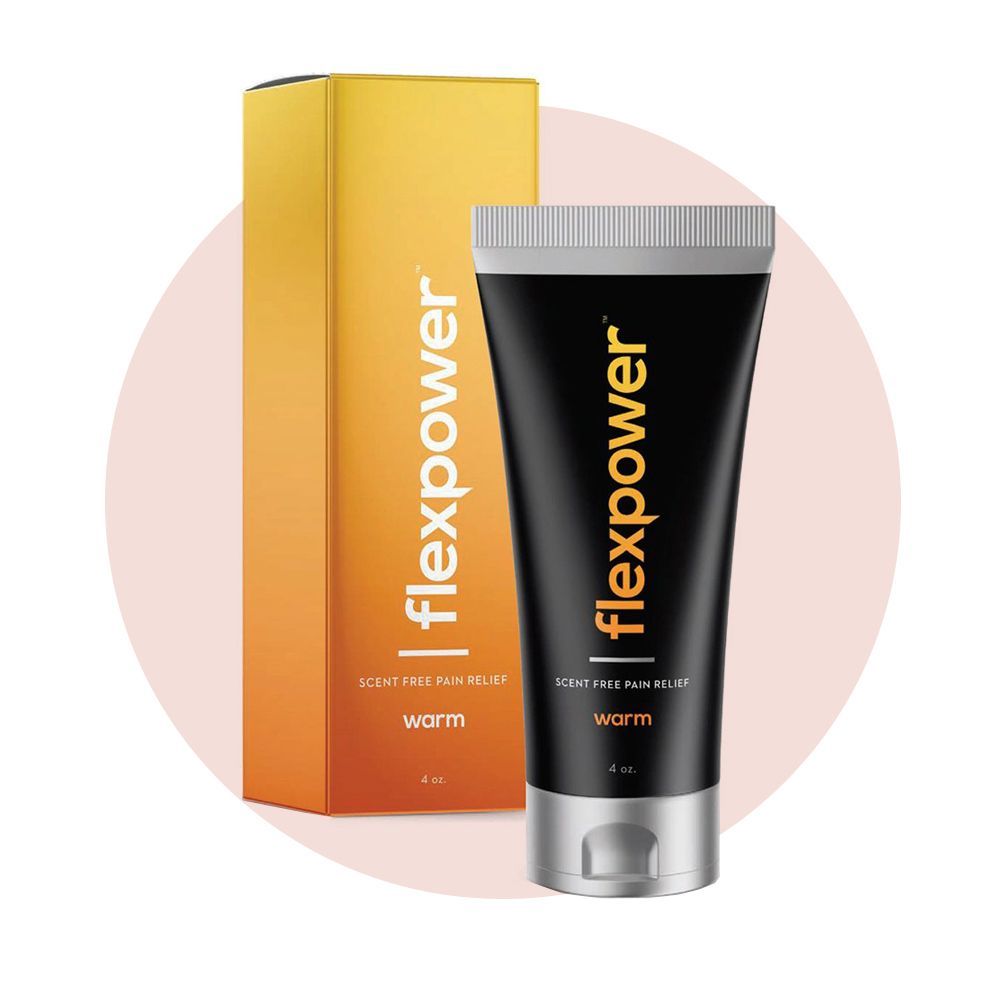
Nothing beats that feeling of knowing you pushed yourself at the gym, but hard workouts can lead to a load of pain the next day. It’s called delayed onset muscle soreness (DOMS), and it’s believed to be caused by damage to muscles and connective tissue as well as inflammation (a by-product of the muscle-repair process). While there’s no single way to help your muscles feel better, taking an anti-inflammatory like ibuprofen may give you some relief. Alternatively, try treating soreness at the source of discomfort using a pain-relieving lotion containing trolamine salicylate, such as Flexpower Warm. (Bonus: It’s free of scents and sticky residue, so you can slather it on whenevs.) Research shows creams containing trolamine salicylate can reduce muscle soreness after a tough workout.
The hurt: tech neck
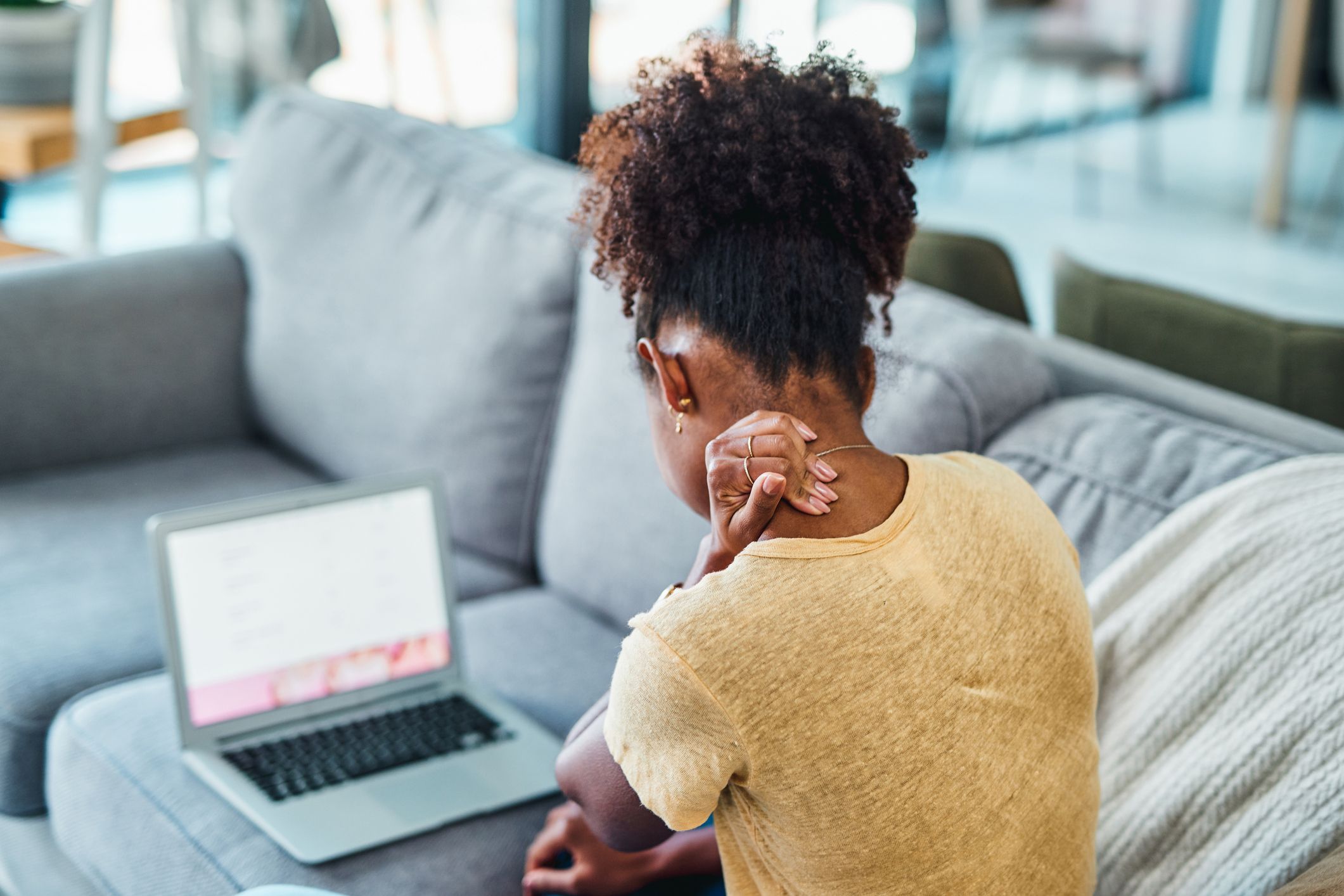
How much time do you spend looking down in a day? Chances are, thanks to always being near your laptop or phone, it’s a lot. And that makes neck muscles work overtime. “You have more than 300 muscles in your neck designed to hold your head over your torso,” says Dr. Shah. “When you’re looking down and craning forward, you have a mismatch in that balance, and it can cause pain [that many refer to as tech neck].”
Try to minimize the angle by placing your laptop on a stack of books or laptop stand so it’s eye level. If you start to notice that back-of-the-neck achiness, go for a 15-minute walk. Dr. Shah says the increased blood flow can help your neck muscles feel better.
The hurt: throbbing hands and fingers
Spending all day typing away on your keyboard and phone can leave you with strained hands and fingers. “Repetitive motions, especially when your joints are positioned in a stressful position for long periods of time, can cause pain, soreness, and numbness or tingling,” says Gary Johnson, hand therapy services manager for Athletico Physical Therapy. Taking regular breaks to move your hands can help (simply opening and closing your fist a few times and spreading your fingers wide will do the trick).
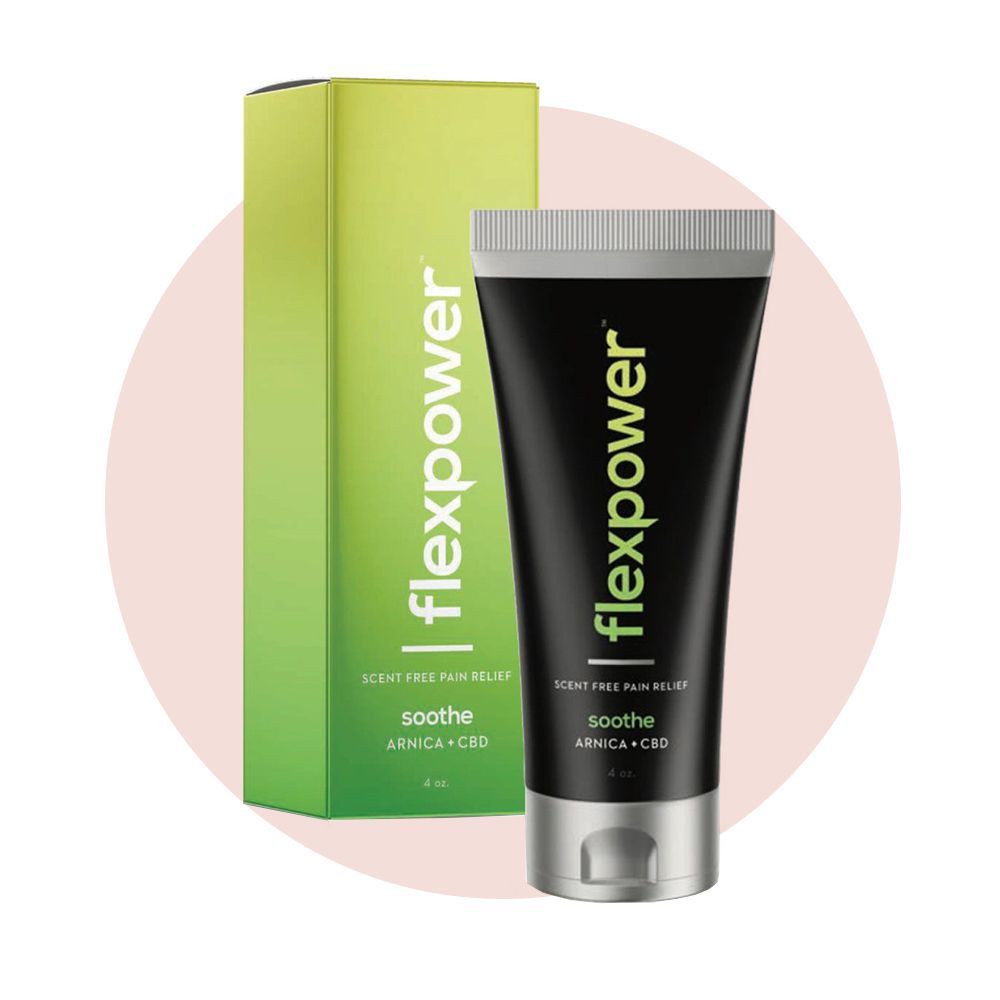
If it’s the end of the day and you’re just realizing how cramped and achy your hands are, Johnson suggests tendon glide exercises. To do these, take your hand and point fingers straight up. Then hook them at the first knuckle, make a full fist, and unclench your fist while pushing your fingers out into a tabletop position straight away from your palm. Repeat five times or until your hand feels better. You can also rub on a pain-relieving lotion like Flexpower Soothe. The main active ingredient is arnica, an herb that helps reduce inflammation. And bonus: It’s scent-free so you can rub it on any time without worrying about a funky medicinal smell.
The hurt: lower back pain
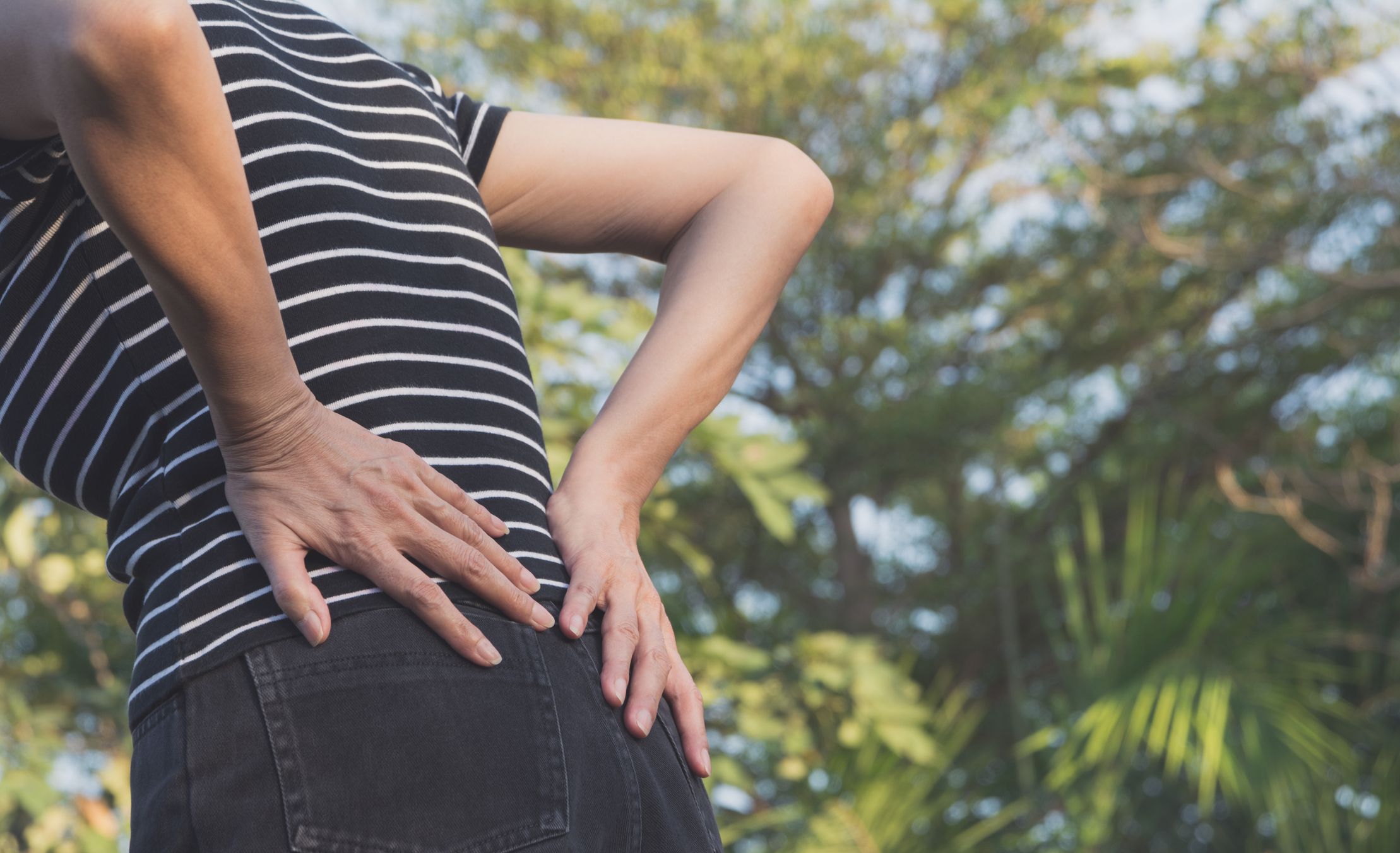
Sitting all day is something lots of people have to do, but it doesn’t make it any kinder on your lower back. “The lowest part of your spine handles the biggest load, and that’s the area that gets fatigued the most when you sit for a long period of time,” says Dr. Shah. He recommends getting up and moving every 30 to 40 minutes so you aren’t putting pressure on the same area for too long, doing stretches that target the area (for example, downward dog) when you feel especially tight, and adding a lumbar support pillow to your chair. “It conforms to your back and can take the pressure off,” he says.
The hurt: evening headaches
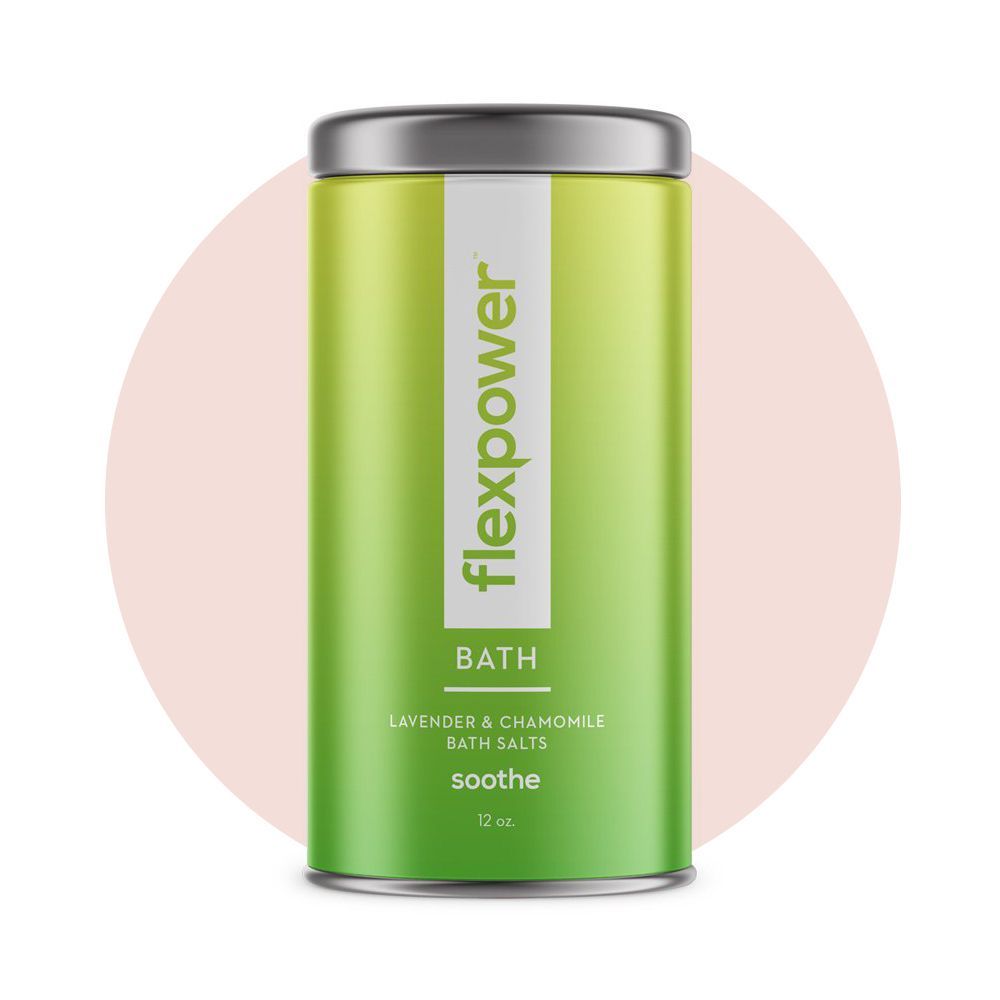
At the end of a long day, you probably just want to relax with your latest bingeable show, not deal with a pounding headache. If the latter happens, you might have a tension headache, which can be triggered by stress and anxiety (you know, two things you can’t seem to avoid these days?). When your next headache happens, head to your tub and run a bath with Epsom salts, such as Flexpower Soothe Bath Salts With Lavender and Chamomile. Not only does the soothing scent deliver full-body relaxation, but an Epsom salt bath is also infused with magnesium, a mineral that’s been shown to relieve headache pain for many people.
The hurt: muscle cramps
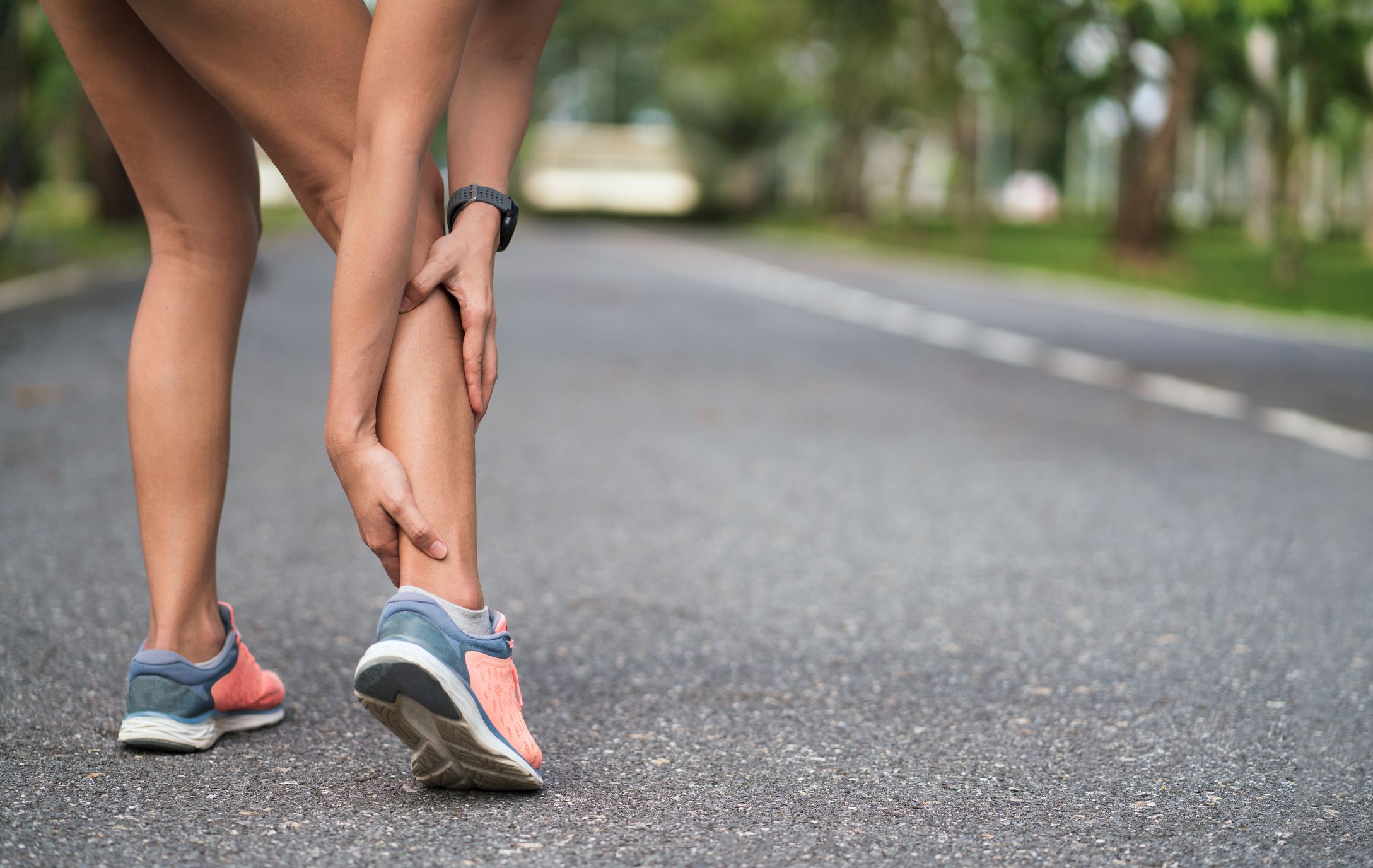
While a Charley horse may be harmless, it can take your breath away (or rudely awaken you in the middle of the night). Dehydration is one reason muscle cramps happen, especially if you worked out and didn’t drink enough fluids. But you might want to think twice before chugging plain water after that sweat session. Research shows it’s a lack of electrolytes that can bring on the cramps, and water can make your electrolyte balance worse if you’re dehydrated from exercise. Instead of water, grab a sports drink that contains sodium and potassium as well as some sugar to help absorb the electrolytes and fluid.
Source: Read Full Article
